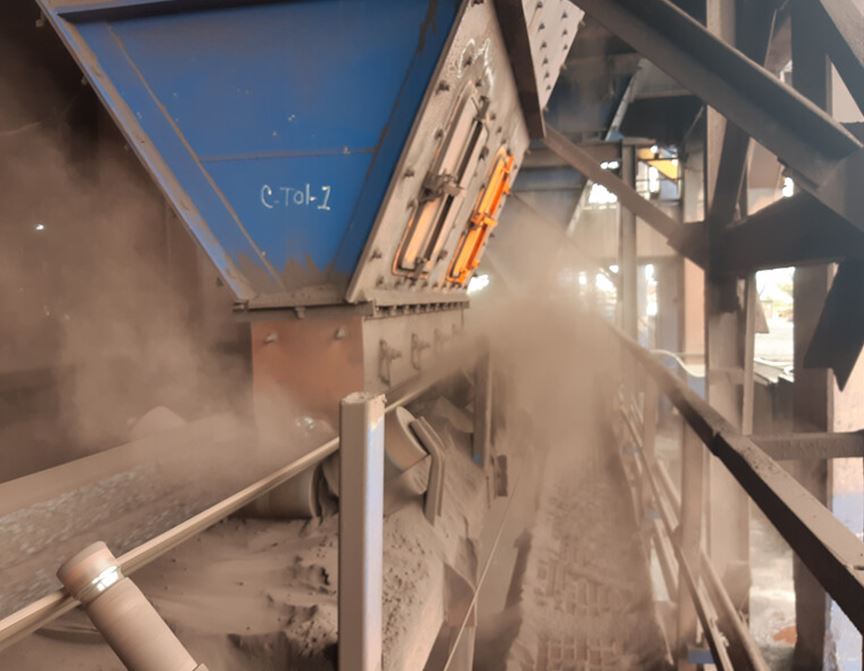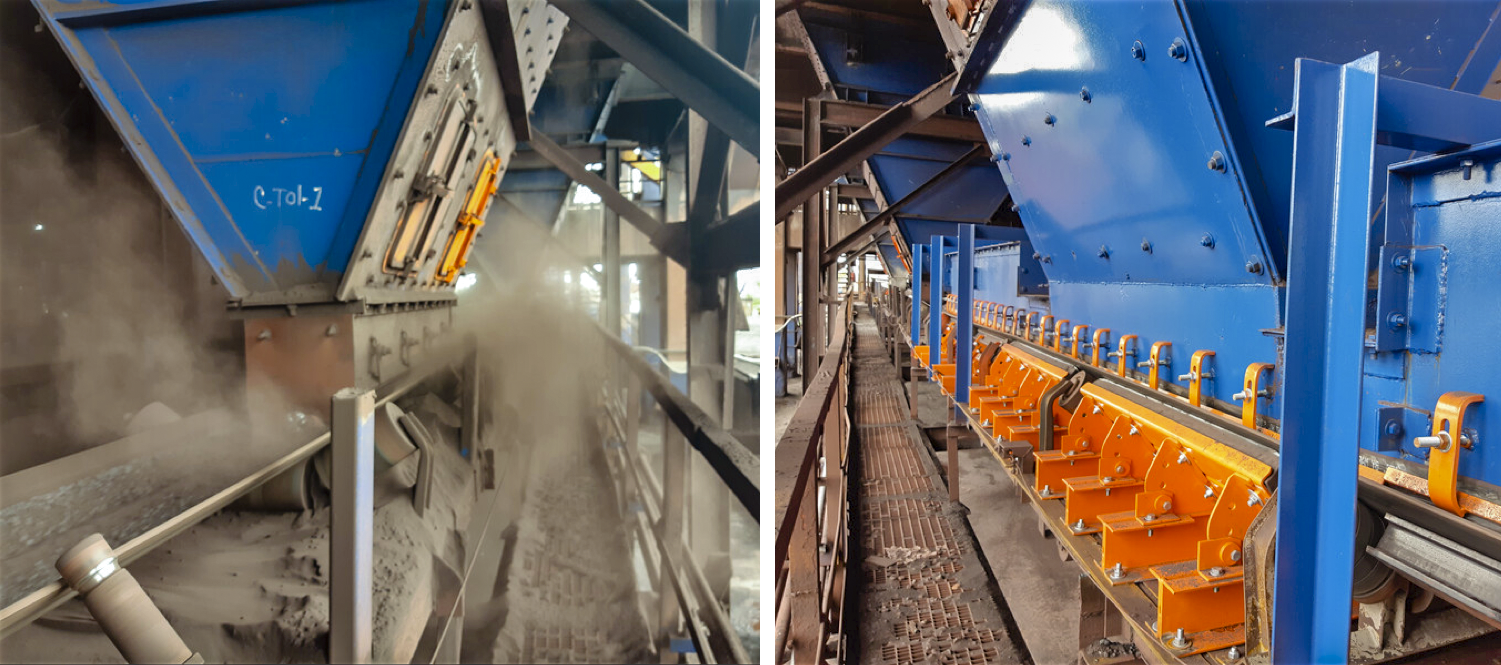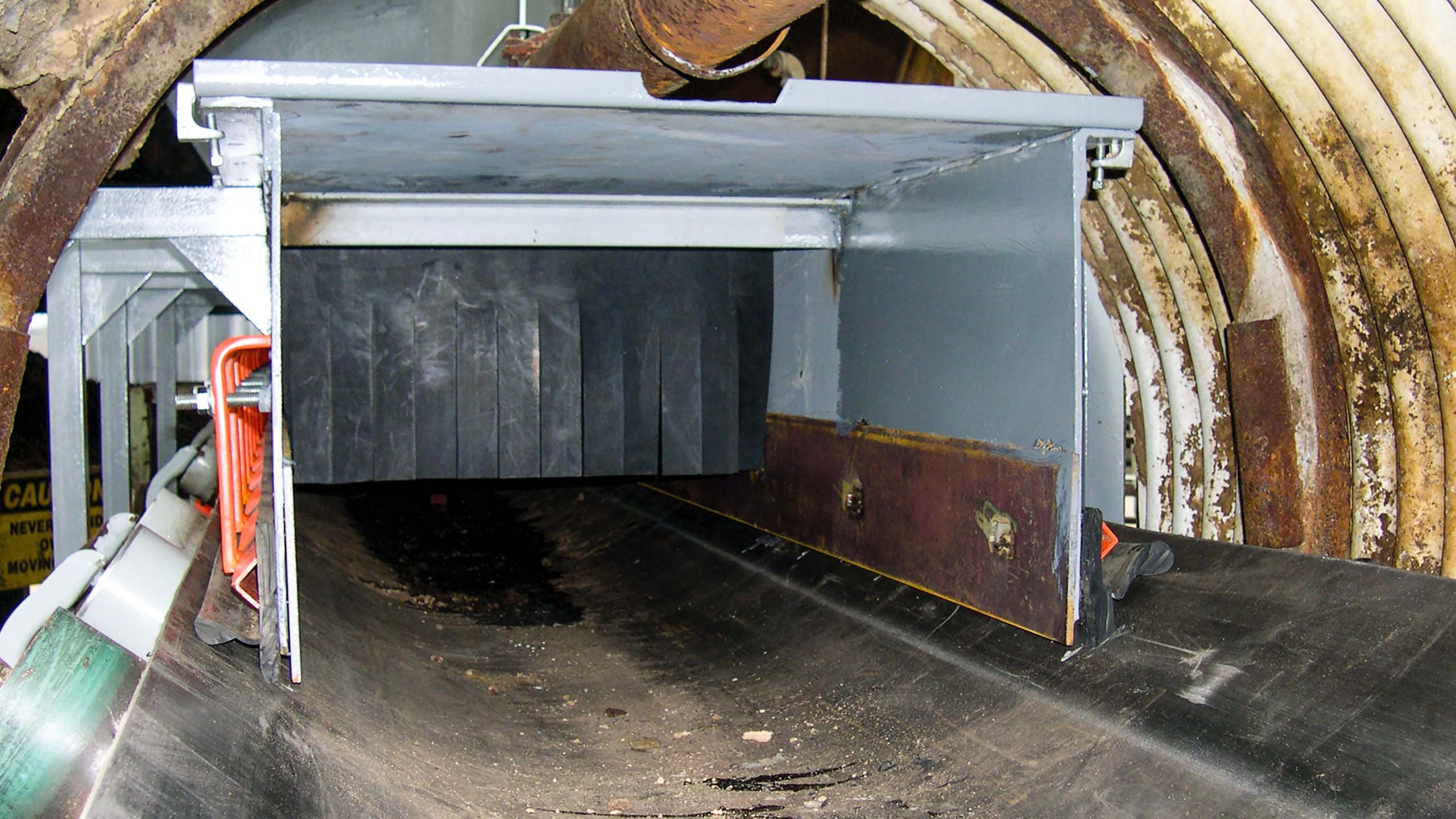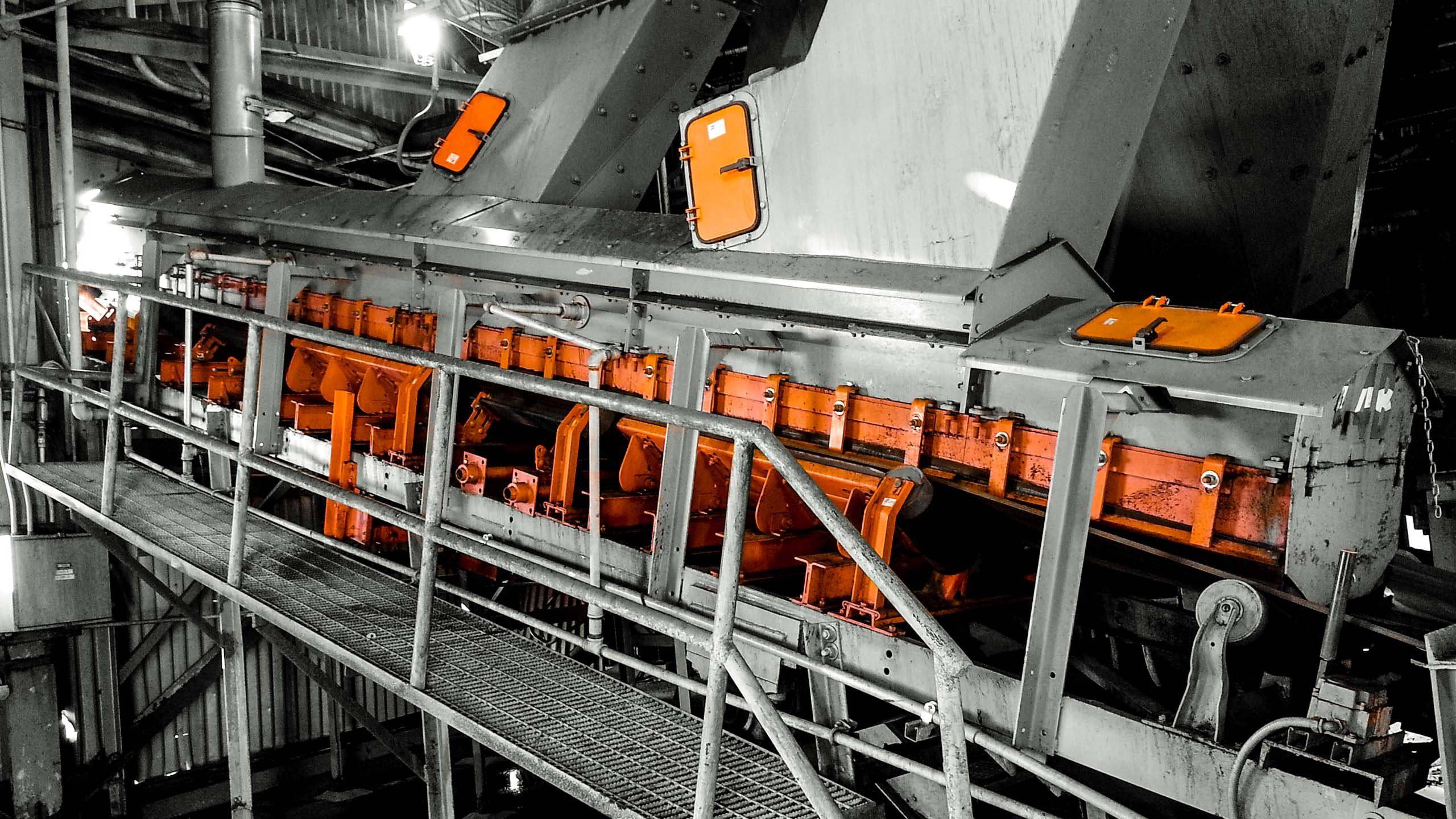The control of dust and other fugitive material is a key issue in preventing employee accidents. At any operation where dust reduces visibility and accessibility, there is an increased risk of problems in the operation of heavy equipment or the movement of personnel. The presence of dust requires cleaning and placing plant personnel in the vicinity of conveyors and other process equipment, resulting in a higher risk of injury.
Airborne dust generally creates an unpleasant working environment. Workers will have higher morale and increased productivity if conditions where they spend their working days are not seen as dirty, unpleasant, and possibly unhealthy. In some plants, workers must wear a respirator to work in the vicinity of dust generating material-handling systems. This increases the safety hazard due to impaired visibility, and it adversely affects morale. In addition to the dust problem, the company is viewed as not concerned with the employees’ health and well-being, as they are forced to work in an environment that is possibly hazardous and certainly uncomfortable.
| Admissible Dust Exposure Levels per Eight-Hour Day per the Occupational Safety & Health Administration (OSHA) (USA) | ||
|---|---|---|
| Substance | Type | mg/m3 |
| Silca: Crystalline Cristobalite: Use ½ the value calculated from the count or mass formula for quartz. Tridymite: Use ½ the value calculated from the formula for quartz. |
Quartz (respirable) Quartz (total dust) |
10 mg/m3 %SiO2+2 30 mg/m3 %SiO2+2 |
| Amorphous | Amorphous, including natural diatomaceous earth | 80 mg/m3 %SiO2+2 |
| Coal Dust | Respirable fraction < 5% SiO2 Respirable fraction > 5% SiO2 |
2.4 mg/m3 10 mg/m3 %SiO2+2 |
| Inert or Nuisance Dust | Respirable fraction Total dust |
5 mg/m3 15 mg/m3 |
NIMBY and Neighbor Relations
In the “old days,” the accepted excuse for visible signs of a plant’s presence, like dust and odors, was that those were signals that the plant was “making money.”
That is no longer true. Now, the “Not In My Backyard” syndrome – sometimes shortened to the acronym “NIMBY” – is stronger. Environmental groups are more organized. No one wants their property values impaired by the outputs of an industrial operation. Community groups are more likely to complain to, and seek support from, stockholders, environmental groups, and regulatory bodies. The need to expand an operation, such as an aggregate plant, often brings about lengthy and often contentious permitting hearings.
One solution for the increasingly cumbersome permitting processes is for the operation to maintain good working relations with the communities in which they operate. Efforts like community donations, open houses, and plant tours work to showcase the operation and demonstrate the value the plant provides and the efforts it is making to be a good neighbor.
Those efforts can go for naught if dust clouds rise from operating equipment on a regular or even periodic basis.
Regulatory Agencies
In addition to the health and explosive dangers of dust, an operation has to be conscious of the visual nature of dust pollution. It is becoming increasingly common for industries that produce dust to be inspected and fined because of the visual pollution to surrounding homes and businesses. It is much easier to spot a dust plume from a distance than spillage. For this reason, a bulk-materials operation must be aware of the enviro-political climate in the area in which they are operating.
Regulatory agencies are empowered to protect the health of workers and others; accordingly, they will monitor and review dust-level results. Agencies will also act in the interest of other parties, including neighbors concerned about protection of their property and groups concerned with the overall environment. In addition, they are susceptible to pressure from interest groups and the media.
As a result, many companies and/or individual operations control the discussion of their regulatory limits and test results. Management does not want this information discussed outside the plant, because the results are “bad,” the data is subject to misinterpretation by outsiders, or the discussion points out that dust is an issue for the facility.
Mention must also be made of other regulatory agencies, which, while not formerly responsible for regulating airborne dust, are responsible for other aspects of the governmental control of industrial operations, such as land use permits and zoning. These regulatory bodies are subject to, and vulnerable to, outside influences including neighborhood residents, owners (and/or potential developers) of adjacent tracts of land, and environmental interest groups.
See Also: Safety Risks of Dust Part 2.





















Leave Comment